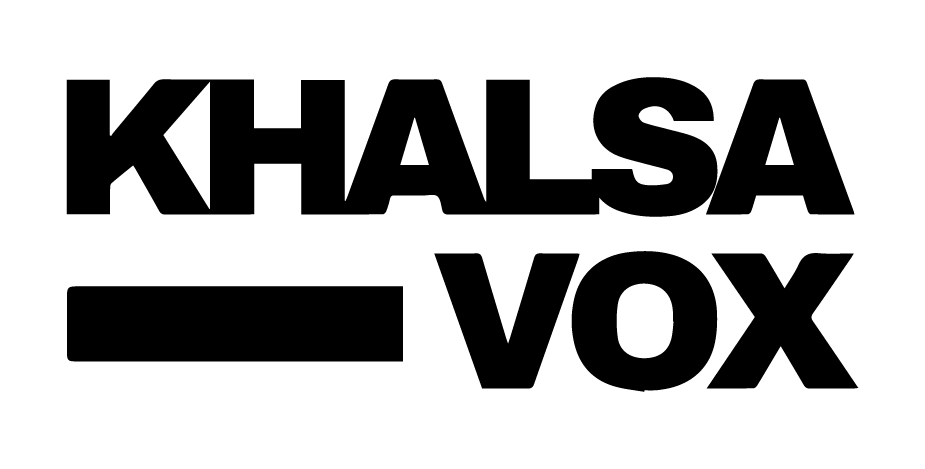AI Generated Summary
- As the talks unfold, they represent more than just a bilateral engagement — they stand as a symbol of India’s rising influence in global trade diplomacy and its ability to forge constructive partnerships that drive growth, innovation, and stability in an increasingly interconnected world.
- In a significant diplomatic and economic move, India and the United States are set to hold high-level meetings next week aimed at fast-tracking a much-anticipated Bilateral Trade Agreement (BTA).
- The discussions mark a renewed push for deeper collaboration between the world’s two largest democracies and top-tier global economies, with both sides eager to carve out a win-win framework amid evolving global trade dynamics.
In a significant diplomatic and economic move, India and the United States are set to hold high-level meetings next week aimed at fast-tracking a much-anticipated Bilateral Trade Agreement (BTA). The discussions mark a renewed push for deeper collaboration between the world’s two largest democracies and top-tier global economies, with both sides eager to carve out a win-win framework amid evolving global trade dynamics.
Beginning April 23, senior officials from the Indian Ministry of Commerce will engage with their U.S. counterparts in Washington D.C. for three days of comprehensive negotiations. Leading the Indian delegation is Rajesh Agarwal, Additional Secretary (Commerce) and the country’s Chief Trade Negotiator with the U.S., who was recently appointed Special Secretary Commerce by the Appointments Committee of the Cabinet chaired by Prime Minister Narendra Modi.
Sources in the Commerce Ministry confirm that discussions will focus on the 19-chapter terms of reference already finalized by both sides. These include critical areas such as tariff structures, non-tariff barriers, rules of origin, goods and services, customs facilitation, and regulatory frameworks. The upcoming talks aim to lay down concrete pathways for a trade deal that can deliver mutual benefits — especially during the 90-day reciprocal tariff pause announced by U.S. President Donald Trump.
A Strategic and Timely Engagement
President Trump’s reciprocal tariff plan, revealed earlier this month, had proposed a 26% levy on Indian exports. However, recognizing the importance of long-term trade partnerships, the U.S. administration paused implementation of the tariffs until July 8, providing an opportunity for meaningful negotiation. India, showing foresight and readiness, was the first country to proactively enter talks — a move that has been widely praised by trade experts.
Brendan Lynch, Assistant U.S. Trade Representative for South and Central Asia, had visited India in March, signaling America’s commitment to deepening trade ties with New Delhi. India is the only nation to have hosted U.S. trade negotiators following President Trump’s announcement — a clear indication of India’s growing stature on the global economic stage.
India’s Trade Clout on the Rise
Fresh data from the Ministry of Commerce highlights the strength of the India-U.S. trade relationship. In FY-2025, the United States emerged as India’s top trading partner with Indian exports reaching a record $86.51 billion — accounting for 19% of the country’s total exports. U.S. exports to India, meanwhile, stood at $43.33 billion, reflecting a significant trade deficit in India’s favor.
The U.S. has expressed interest in greater market access in sectors such as agriculture, automobiles, and alcoholic beverages — areas where India maintains relatively higher tariffs. However, Indian negotiators remain focused on ensuring that any trade deal promotes balanced growth, supports domestic industries, and respects India’s developmental needs.
Looking Ahead
The three-day discussions in Washington D.C. will be crucial in determining whether an interim agreement can be finalized before the 90-day tariff pause concludes. According to government insiders, both nations are optimistic about making meaningful progress and even hinted that a provisional agreement could be achieved if the terms align with the broader vision of mutual economic benefit.
India’s proactive stance, combined with its growing export power and strategic engagement, is sending a strong message to the global trade community: the country is not only ready for the world but is leading with confidence, clarity, and purpose.
As the talks unfold, they represent more than just a bilateral engagement — they stand as a symbol of India’s rising influence in global trade diplomacy and its ability to forge constructive partnerships that drive growth, innovation, and stability in an increasingly interconnected world.




